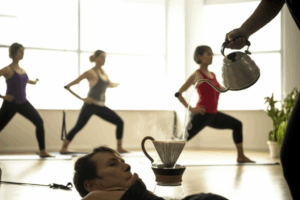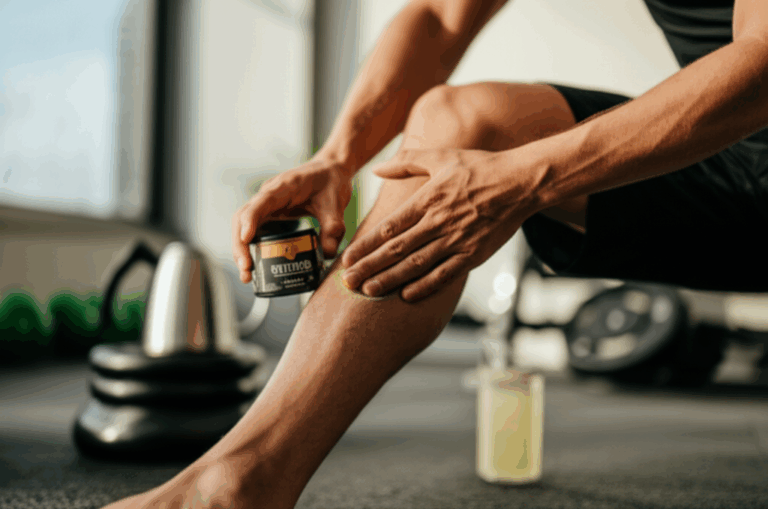The intersection of cannabis and fitness is a growing area of interest, with more athletes and recreational exercisers exploring its potential benefits for both enhancing workouts and aiding recovery. While traditionally associated with a sedentary lifestyle, emerging anecdotal evidence and some preliminary research suggest cannabis might offer surprising advantages for those looking to optimize their physical routines. But how much of this is hype, and what does the science say about cannabis truly boosting your fitness and recovery?
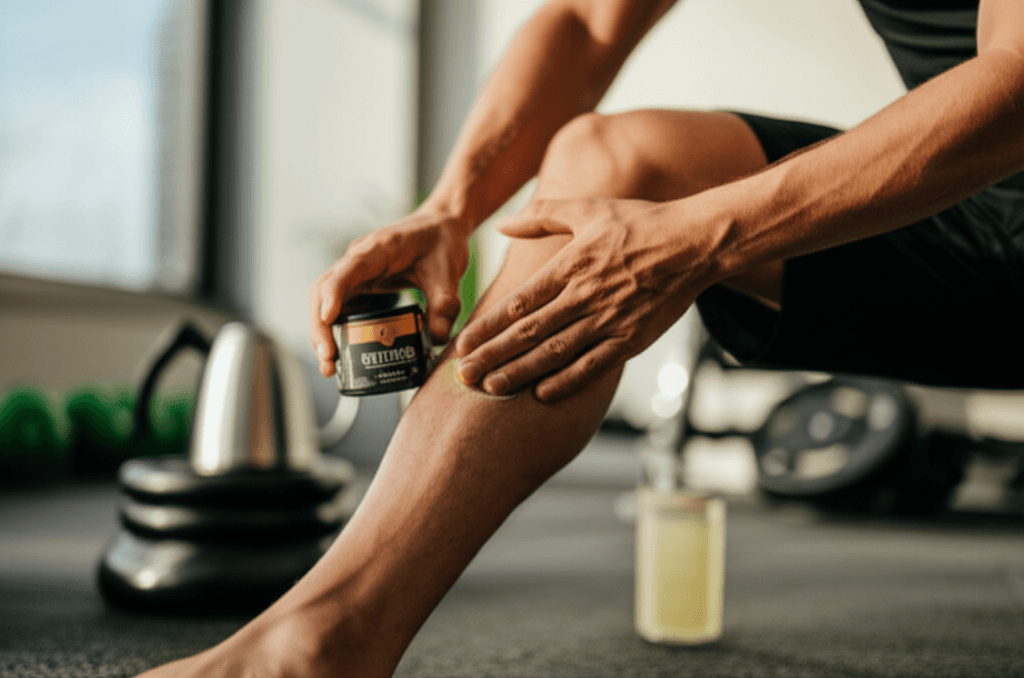
Understanding Cannabis and the Endocannabinoid System
To understand how cannabis might influence workouts and recovery, it’s crucial to grasp the basics of the endocannabinoid system (ECS). This complex network of receptors and naturally produced cannabinoids (endocannabinoids) plays a vital role in regulating various bodily functions, including pain, mood, appetite, sleep, and inflammation. The two primary cannabinoids found in the cannabis plant, Tetrahydrocannabinol (THC) and Cannabidiol (CBD), interact with this system, leading to a range of effects.
- THC (Tetrahydrocannabinol): The primary psychoactive compound in cannabis, THC is responsible for the “high” sensation. It binds to cannabinoid receptors in the brain and peripheral tissues, influencing pain perception, mood, and motor coordination.
- CBD (Cannabidiol): Non-psychoactive, CBD is gaining popularity for its therapeutic properties, which include anti-inflammatory and pain-relieving effects.
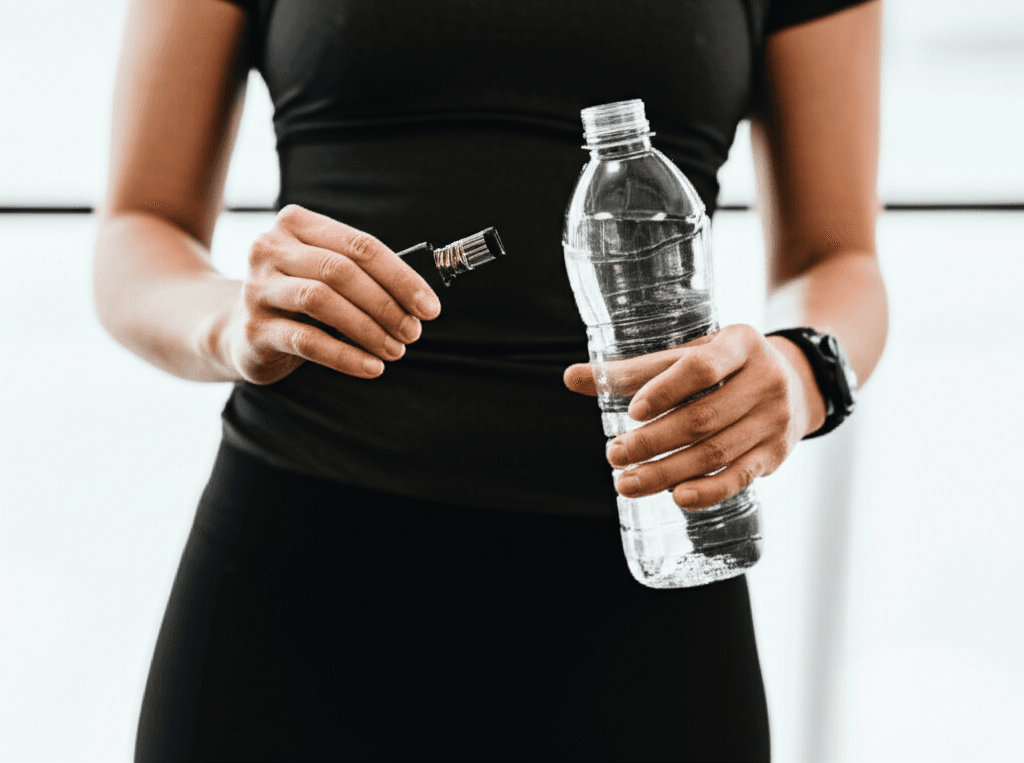
Cannabis for Workout Performance: A Closer Look
The idea of using cannabis before a workout might seem counterintuitive, given traditional stereotypes. However, some individuals report using it to enhance their exercise experience.
Mood and Enjoyment
A significant finding from recent studies is that cannabis, particularly both THC and CBD, can increase positive mood and enjoyment during exercise. This can be a powerful motivator, potentially encouraging individuals to engage in more physical activity. Some users describe achieving a “flow state” or an enhanced sense of connection with their body during workouts. This heightened mood was even more pronounced in the CBD group in one study, suggesting benefits without the psychoactive effects of THC.
Focus and Motivation
Advocates suggest that cannabis can sharpen focus, allowing for a better mind-muscle connection during exercises, which is crucial for proper form and maximizing gains. Some strains, particularly sativas, are noted for their energizing effects that may promote focus and motivation. For those who struggle with pre-workout anxiety, cannabis might help ease these feelings, allowing for a calmer, more focused mindset.
Potential Downsides for Performance
Despite anecdotal claims of performance enhancement, scientific evidence largely indicates that cannabis is not an ergogenic (performance-enhancing) drug. In fact, THC can increase heart rate, making exercise feel more effortful and challenging. Studies have shown no reported differences in performance-related outcomes such as VO2max, muscular strength, or endurance between cannabis users and non-users. Some research suggests that THC can impair coordination, reaction times, and judgment, which could be dangerous during certain activities like weightlifting or high-intensity interval training.
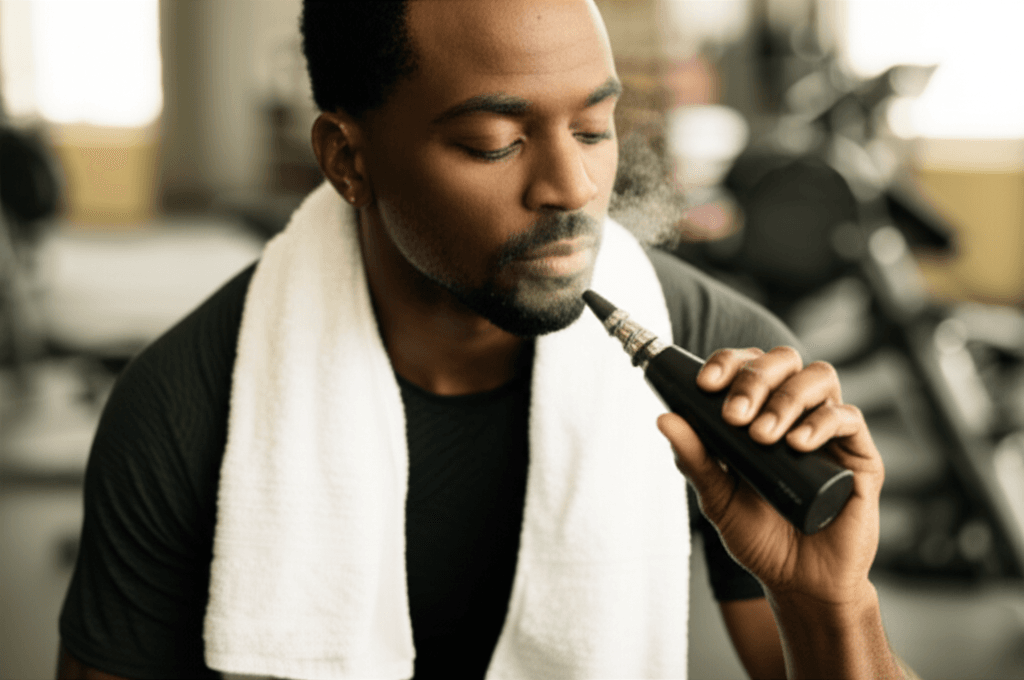
Cannabis for Post-Workout Recovery: Where It Shines
While its role in performance is debatable, cannabis shows more promise when it comes to post-workout recovery. Recovery is essential for muscle repair, reducing soreness, and overall well-being.
Pain Relief and Muscle Soreness
One of the most significant advantages cited by users and supported by research is cannabis’s potential for pain relief. Cannabinoids like CBD and THC have analgesic properties that may help manage muscle soreness (DOMS) and general post-workout aches and joint pain. Some studies suggest cannabis could be a natural alternative to over-the-counter pain medications like NSAIDs, which can have side effects with long-term use.
Reducing Inflammation
Inflammation is a natural response to exercise, but excessive or prolonged inflammation can hinder recovery. CBD, in particular, is well-researched for its anti-inflammatory properties. By interacting with the endocannabinoid system, CBD may help decrease exercise-induced inflammation, potentially speeding up muscle repair and recovery.
Enhancing Sleep Quality
Quality sleep is a cornerstone of effective recovery, as it’s when muscle repair and growth primarily occur. Some cannabis strains, particularly those high in CBD or indica-dominant, are known for their sedative effects and ability to promote relaxation, which can aid in falling asleep faster and achieving more restful sleep. This improved sleep can significantly contribute to better muscle recovery and overall well-being.
Muscle Relaxation
Cannabis can act as a natural muscle relaxant, promoting relaxation and reducing tension in muscles after a strenuous workout. This can help alleviate stiffness and improve mobility and flexibility.
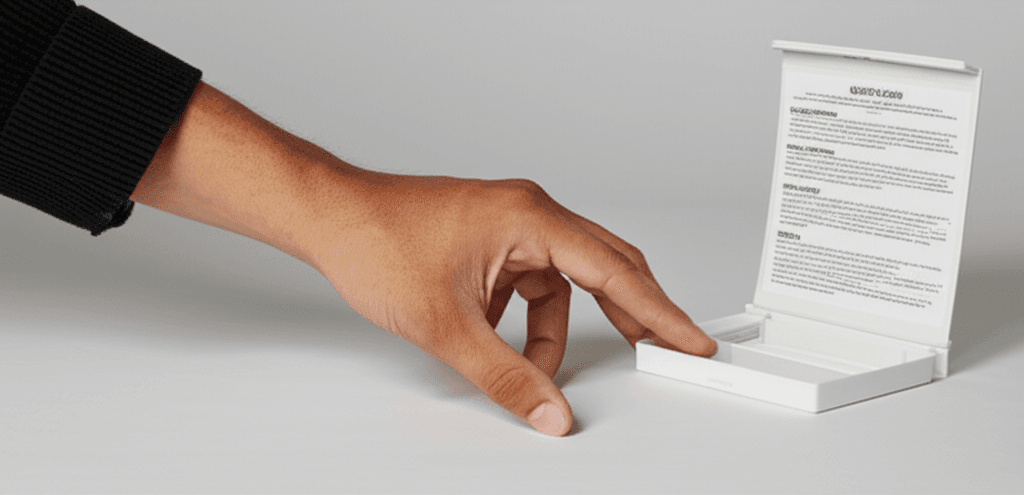
Important Considerations and Safe Use
While the potential benefits are intriguing, incorporating cannabis into a fitness routine requires caution and mindfulness.
Dosage and Strain Selection
The effects of cannabis can vary significantly based on the strain (sativa vs. indica vs. hybrid), cannabinoid ratio (THC:CBD), and dosage.
- For performance: Some lean towards sativa strains for their energizing and focusing effects before a workout, often starting with microdosing.
- For recovery: Indica-dominant or CBD-rich strains are generally preferred for their relaxing, pain-relieving, and sleep-inducing properties.
It’s crucial to start with a low dose and gradually increase it to find what works best for your body, as individual tolerances vary.
Consumption Methods
The method of consumption influences the onset and duration of effects.
- Fast-acting: Vaping or sublingual tinctures provide quicker effects, potentially suitable for pre-workout use.
- Slower-acting: Edibles take longer to kick in and can be less predictable, making them less ideal for precise pre-workout timing.
- Topicals: CBD or THC-infused creams and balms can provide localized pain relief and reduce soreness without systemic psychoactive effects, making them excellent for post-workout recovery.
Safety and Risks
- Cardiovascular Effects: THC can increase heart rate and affect blood pressure, which could be a concern for individuals with pre-existing heart conditions, especially when combined with physical exertion.
- Impaired Coordination: THC can impair motor control, coordination, and reaction time, posing risks during activities requiring precision or balance, such as weightlifting or certain sports.
- Legality: The legal status of cannabis varies by location. Athletes, especially those in competitive sports, must be aware of anti-doping regulations, as cannabis use in competition is prohibited by agencies like the World Anti-Doping Agency.
- Consult a Professional: Always consult with a healthcare provider or a cannabis-knowledgeable professional before incorporating cannabis into your fitness routine, especially if you have existing health conditions or are taking other medications.
Conclusion
The growing interest in “weed and workouts” reflects a shift in perception, moving beyond the traditional “couch-lock” stereotype. While cannabis is unlikely to be a performance-enhancing drug that will set new athletic records, its potential role in improving the enjoyment of exercise and significantly aiding recovery is becoming clearer. By offering benefits like pain relief, inflammation reduction, and improved sleep, cannabinoids, particularly CBD, can play a supportive role in an athlete’s overall wellness and recovery regimen. As research continues to evolve, understanding the nuances of how cannabis interacts with the body and exercising caution remain paramount for those exploring its place in their fitness journey.


